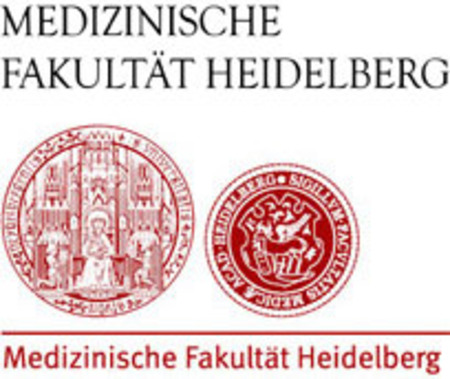Heidelberg nestles in the valley of the River Neckar near to where it joins the River Rhine in the state of Baden-Württemberg, Germany.
“Ich sah Heidelberg an einem völlig klaren Morgen, der durch eine angenehme Luft zugleich kühl und erquicklich war. Die Stadt in ihrer Lage und mit ihrer ganzen Umgebung hat, man darf sagen, etwas Ideales ….”
Johann Wolfgang von Goethe
Why Heidelberg?
Ruprecht-Karls-Universität Heidelberg is the official name of Heidelberg University, a public research university in the state of Baden-Württemberg, Germany. It dates to 1386 when Rupert I, Elector of Palatine, founded it on the instruction of Pope Urban VI. It is Germany’s oldest university and it was the third university established in the Holy Roman Empire. It is a founding member of the League of European Research Universities and the Coimbra Group.
“The future since 1386”
A Tradition of Research
The university has been associated with 55 Nobel Prize winners. It is consistently ranked among Europe’s top overall universities, especially as an international venue for educating postgraduate students. About 1,000 doctorates are successfully completed every year, and just over one-third of the doctoral students are coming from abroad.
There are two main campuses: one in the Old Town with the Humanities and Social Science Faculties and another in the Neuenheimer Feld for medicine and natural sciences, on the north side of the Neckar. The Apple Lab is part of the University Hospital Eye Department in this Neuenheimer Feld campus. Several independent research institutes, such as the German Cancer Research Center and two of the Max-Planck-Institutes are in Neuenheimer Feld. The Apple Lab has partnerships with these centres of excellence, promoting high standards in ophthalmic education and research here in Heidelberg.
- Heidelberg University Mathematical modelling and simulations in ophthalmology Research Group
- German Cancer Research Center
- Center for Molecular Biology of Heidelberg University
- Heidelberg University Biochemistry Center
- Max-Planck-Institute for Medical Research
- Max-Planck-Institute for Polymer Research
- The European Molecular Biology Laboratory
It is this atmosphere of cooperation in research that ranks Heidelberg among the best universities in the world. Heidelberg is first in Germany, fourth in Europe and thirteenth in the world in terms of the number of Nobel Laureates affiliated with the university at the time of the prize announcement.
- The Shanghai Jiao Tong University’s Academic Ranking of World Universities ranks Heidelberg 3rd nationally, 14th in Europe, and 63rd in the world.
- The University Ranking by Academic Performance 2010 (URAP Ranking) by Middle East Technical University ranks Heidelberg 2nd nationally, 12th in Europe and 54th globally.
- The Performance Ranking of Scientific Papers for World Universities (HEEACT Ranking), issued by the Higher Education Evaluation and Accreditation Council of Taiwan, placed Heidelberg 2nd in Germany, 12th in Europe, and 61st globally.
- The Scientometrics Journal Gatekeepers Indicator Ranking (ISSRU Ranking), created by Eötvös Loránd University of Budapest, ranks Heidelberg University at the top of German universities, 12th in Europe, and 73rd globally.
- Among historical scientific achievements of Heidelberg researchers feature prominently the invention of the Bunsen burner and the invention and development of spectroscopy; the discovery of the elements Caesium and Rubidium; the identification of the absolute boiling Point; and the identification and isolation of nicotine as the main pharmacologically active component of tobacco.
 Gerd Auffarth
Gerd Auffarth 
 Moving to Heidelberg.
Moving to Heidelberg.